Cyber crime is a growing challenge....lack of digital literacy measures exposes children
By MYBRANDBOOK

Traditional crimes are today replaced with modern crimes, where in computer is used as a tool to attack common people and victimize them. In short, hackers are emerging faster than technology.
Cyber crimes against children are on the rise and how to check them is a billion-dollar question. With the explosive growth of online e-commerce, payment, social media and gaming and various tricks developed by the technology giants for capturing the data and maximising the market share the fraud and cyber-crime saw almost increase in millions of offences committed in compare to the last year, meaning around one in ten adults in the population fell victim.
A report by NCPCR notes that while improved penetration of smartphones provides opportunities for accessing useful material for learning purposes, lack of digital literacy and online safety measures exposes children to the hazards of cyber crime.
Fraud has now become the most prevalent crime in the country with people ten times more likely to become a victim than they are to suffer a theft. Unlike many traditional crimes, the victims of cyber offences are drawn from all ages, all social backgrounds and all areas of the country, meaning that no-one who uses a computer regularly can feel safe.
Cyber crimes are not properly recorded in India due to many reasons, including lack of awareness among the cops who tackle such cases and the way India’s digitally naïve parents and their children take to gadgets and technology.
In many cases the intelligent hackers are based overseas, but are able to gain access to peoples’ bank accounts remotely by conning them into revealing personal details and passwords. The victims are sometimes not even aware they have been targeted until they realise their savings have been raided, by which point it is often too late.
Modern financial crime rings are made up of a wide range of people with complementary toolsets - from coders to willing corporate insiders wanting to be paid for installing malware on a network and more.Your smartphones are getting more valuable for hackers
Your smartphone probably knows more about you than you do. Cybercrime is an organised crime, there are many different people involved in each attack – you have a technical person that writes the code, whereas, there are different people who distribute the malware, especially with the spread of as-a-service offerings. Someone else is responsible for taking stolen money out of an account; and there’s a person that writes the infection vector; and someone who crafts phishing messages.
The eco-system is like, cybercrime collaborative environment includes programmers, who develop malware to extort or steal data from potential victims; merchants who trade and sell the victim’s stolen data; IT technicians who build and maintain the IT infrastructure (servers, databases, etc.) for criminals; hackers that search and find vulnerabilities in systems, applications and networks; fraudsters, who create and carry out new ways to scam and manipulate potential victims; hosting services, which provide hosting services for criminals’ fraudulent content and sites; and management types, who hire and form their cybercrime teams and manage the operation.
Going forward, for every transaction getting into on-line, may not be safe, the reason is most of our banking system today still relies on very basic identity data and the assumption that if you signed a document, we can assume you are who you say you are. That assumption is flawed, and allows people to spoof identities and transactions in banking all the time - whether online, or in branches with fake driver’s licenses (for example).
The only way to make banking truly safe today, whether old school in a branch or online, is for us to use more comprehensive identity data. The more data we have about you, the more secure we can make things like internet banking. For transactional safety, things like heuristic behavioural data is far superior than the methods we use currently today. Quantum computing could make encryption on bank networks virtually unbreakable.
Finally, a question is could a bank function as the FINTECH company, answer would be, then only they could survive in this cyber era, it is the outcome of the recently held an event in Mumbai by the name, Western India Information Technology Fair. Hence, it is always the best we can use newer technologies to continue to make online transactions and digital banking even safer than it is today.


Legal Battle Over IT Act Intensifies Amid Musk’s India Plans
The outcome of the legal dispute between X Corp and the Indian government c...

Wipro inks 10-year deal with Phoenix Group's ReAssure UK worth
The agreement, executed through Wipro and its 100% subsidiary,...

Centre announces that DPDP Rules nearing Finalisation by April
The government seeks to refine the rules for robust data protection, ensuri...

Home Ministry cracks down on PoS agents in digital arrest scam
Digital arrest scams are a growing cybercrime where victims are coerced or ...

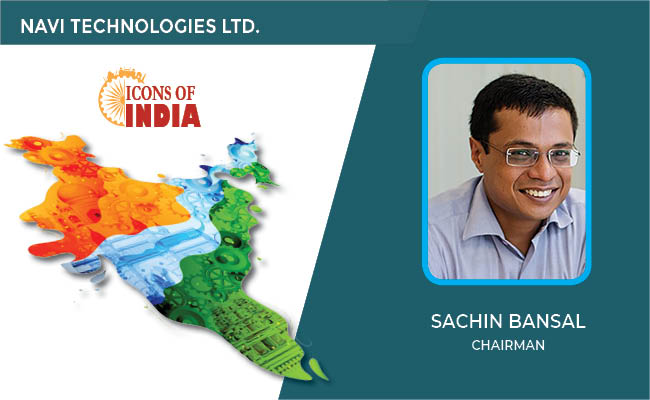
ICONS OF INDIA : SACHIN BANSAL
Sachin Bansal is an Indian entrepreneur. He is best known as the found...
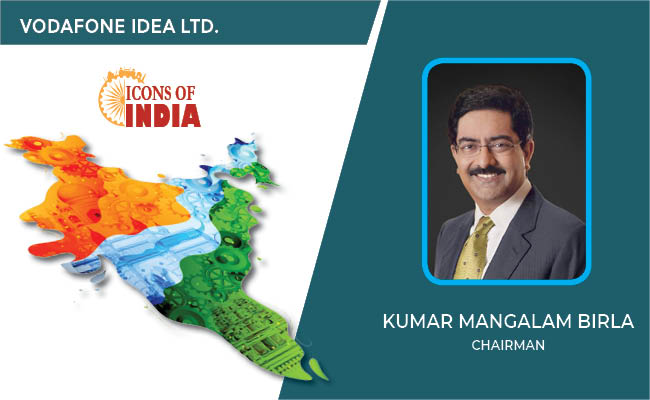
Icons Of India : Kumar Mangalam Birla
Aditya Birla Group chairman Kumar Mangalam Birla recently made a comeb...

Icons Of India : ALOK OHRIE
Alok Ohrie leads Dell Technologies’ India business, overseeing Sales...

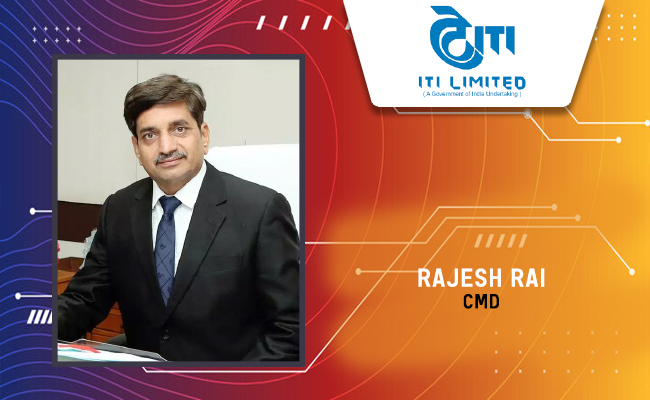
ITI - ITI Limited
ITI Limited is a leading provider of telecommunications equipment, sol...
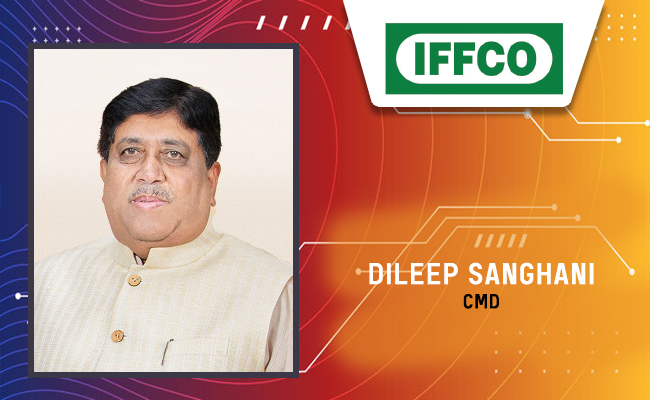
IFFCO - Indian Farmers Fertiliser Cooperative
IFFCO operates as a cooperative society owned and controlled by its fa...
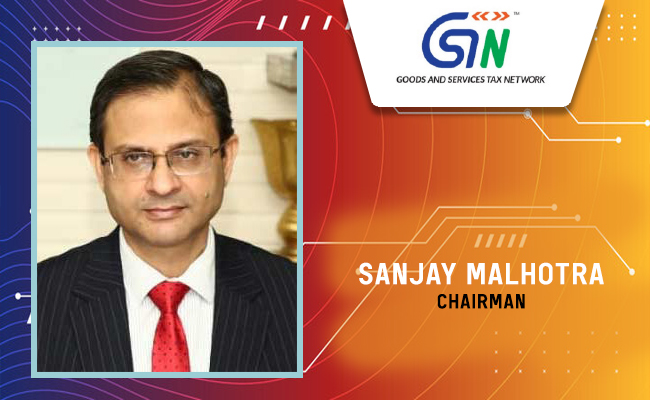
GSTN - Goods and Services Tax Network
GSTN provides shared IT infrastructure and service to both central and...

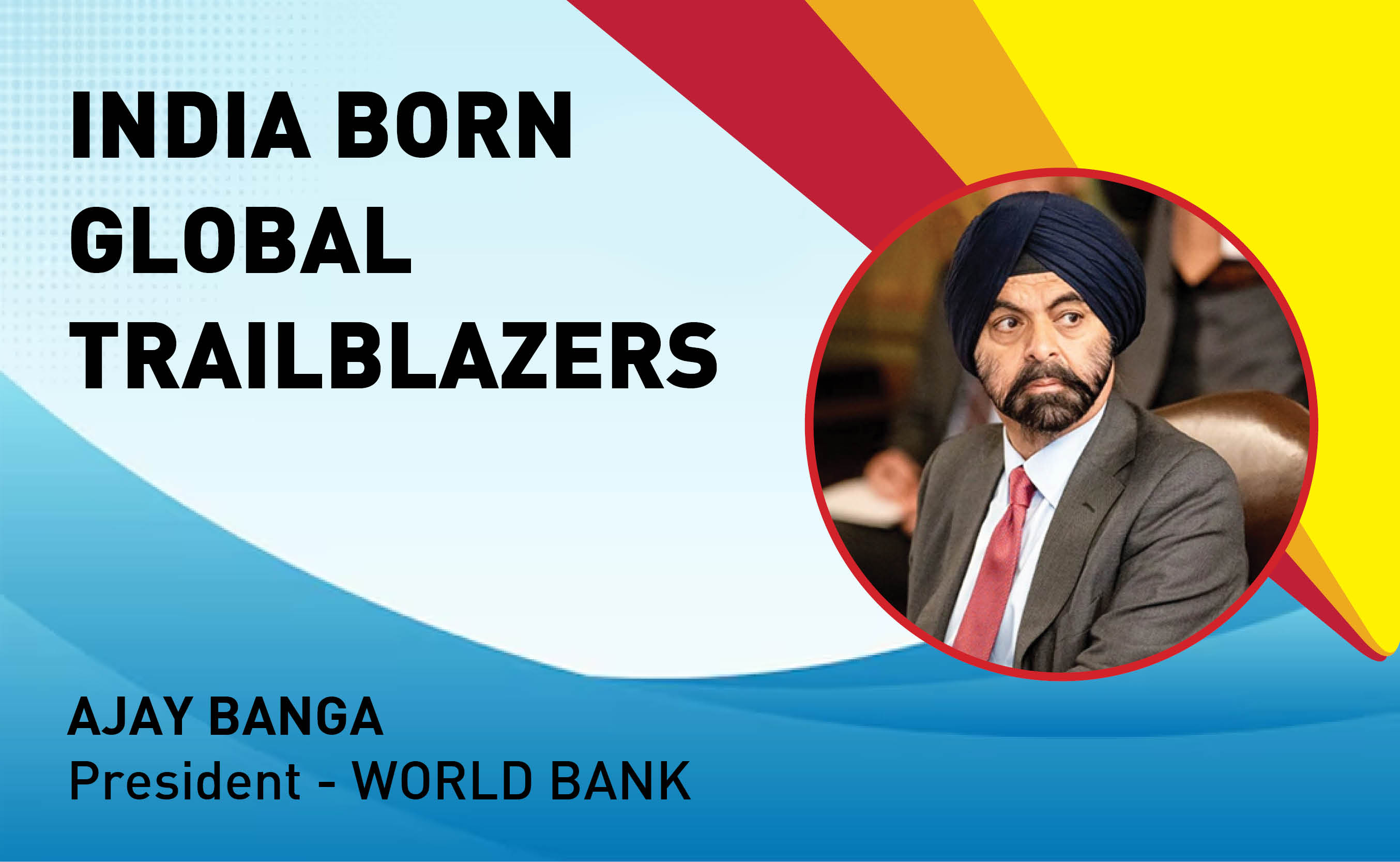
Indian Tech Talent Excelling The Tech World - AJAY BANGA, President - World Bank
Ajay Banga is an Indian-born American business executive who currently...
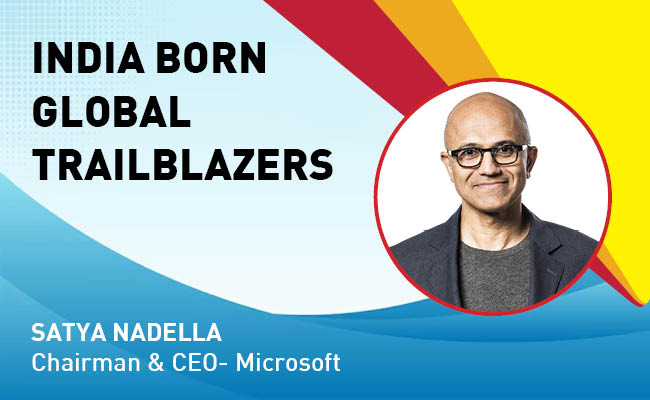
Indian Tech Talent Excelling The Tech World - Satya Nadella, Chairman & CEO- Microsoft
Satya Nadella, the Chairman and CEO of Microsoft, recently emphasized ...

Indian Tech Talent Excelling The Tech World - PADMASREE WARRIOR, Founder, President & CEO - Fable
Padmasree Warrior, the Founder, President, and CEO of Fable, is revolu...
 of images belongs to the respective copyright holders
of images belongs to the respective copyright holders